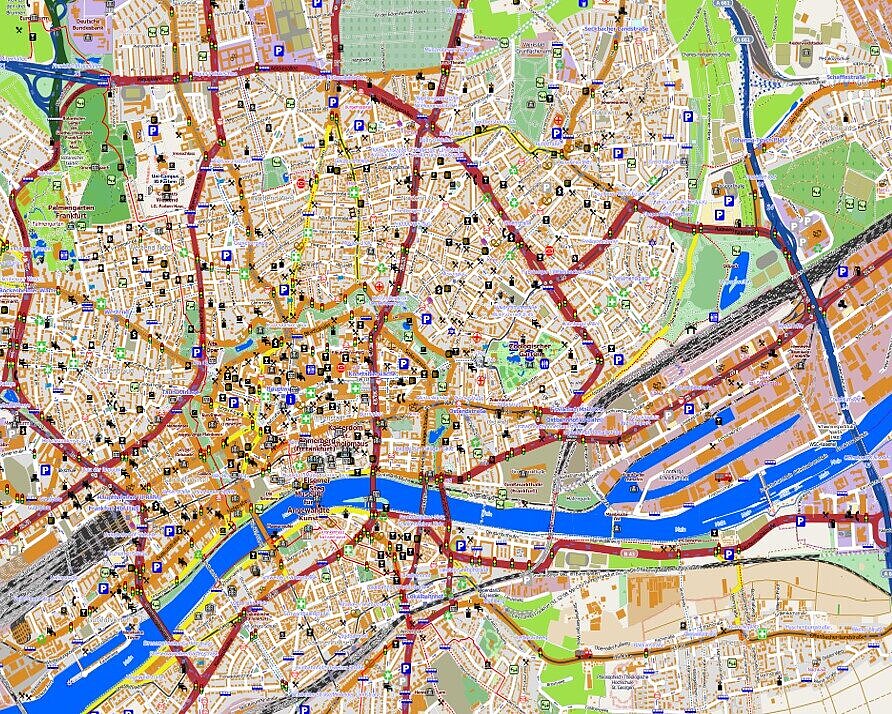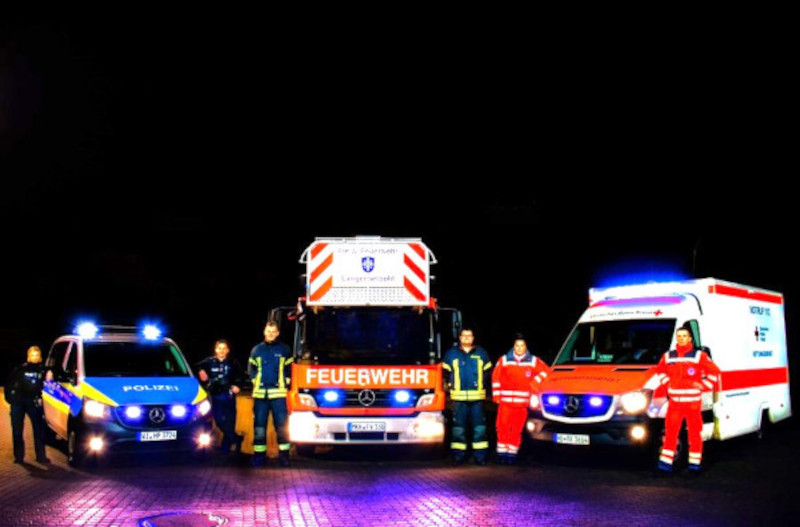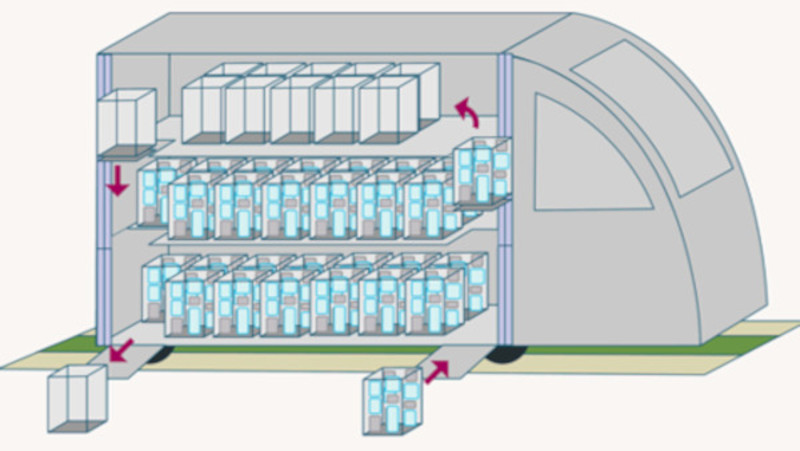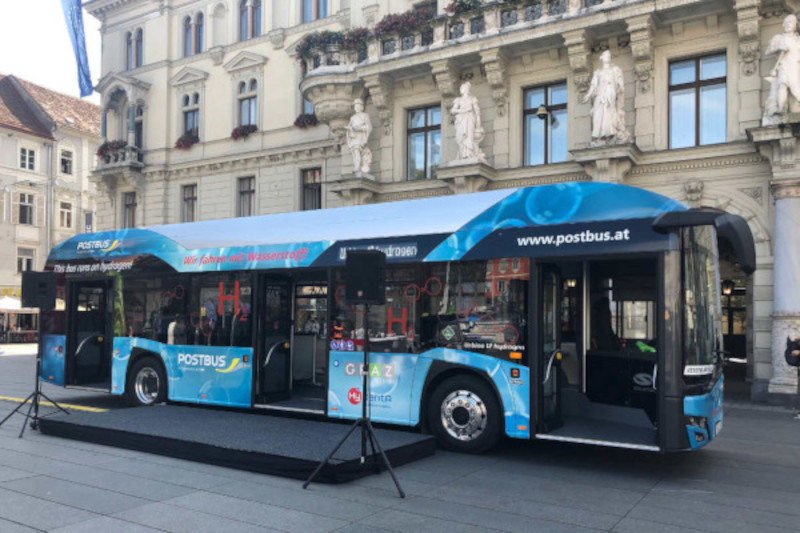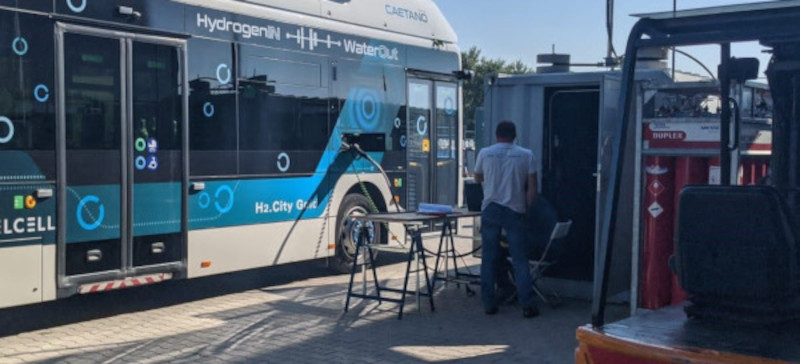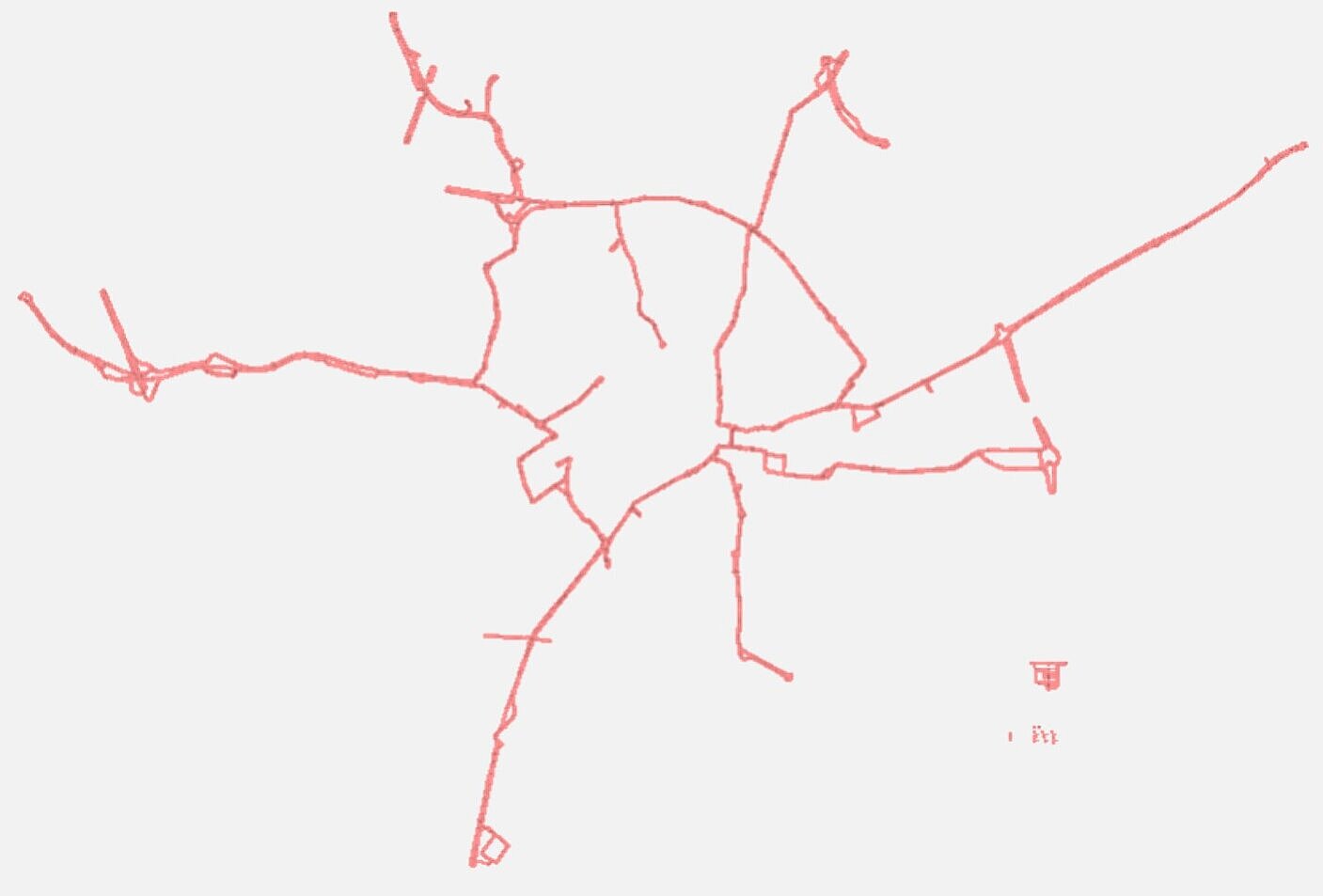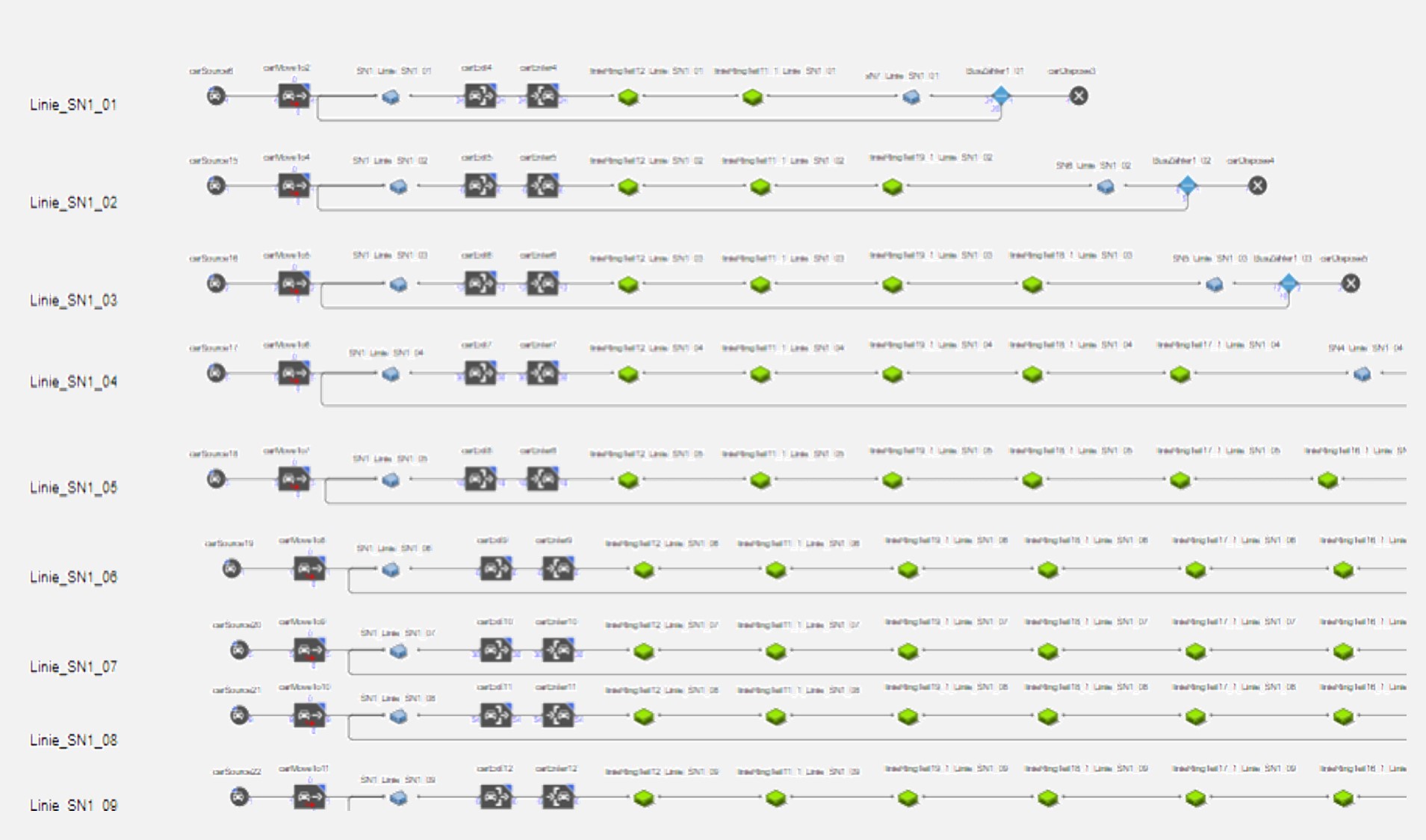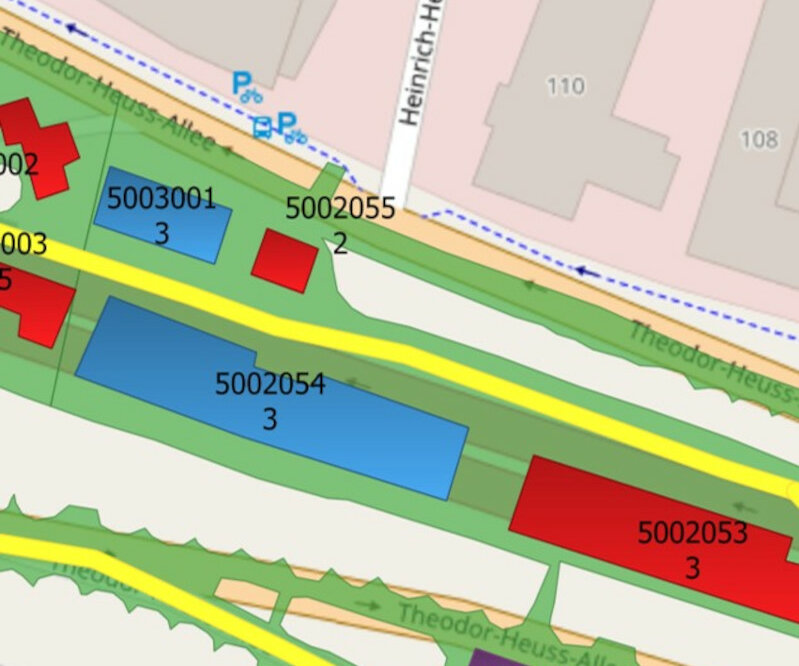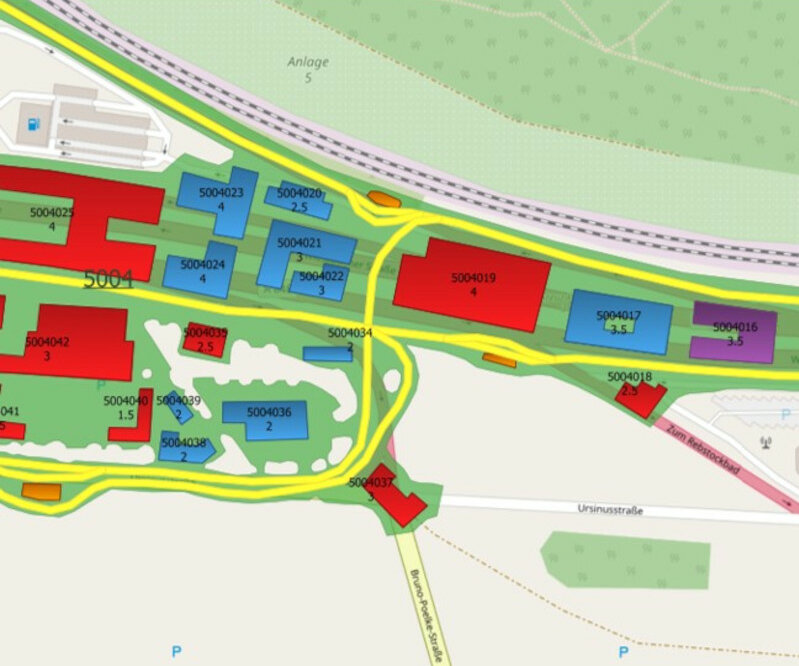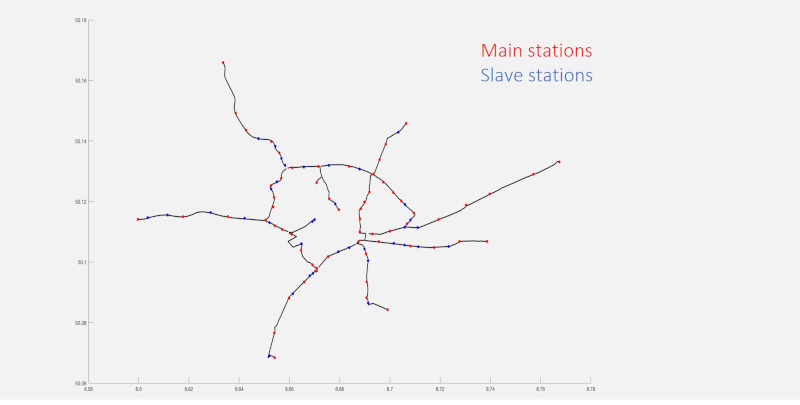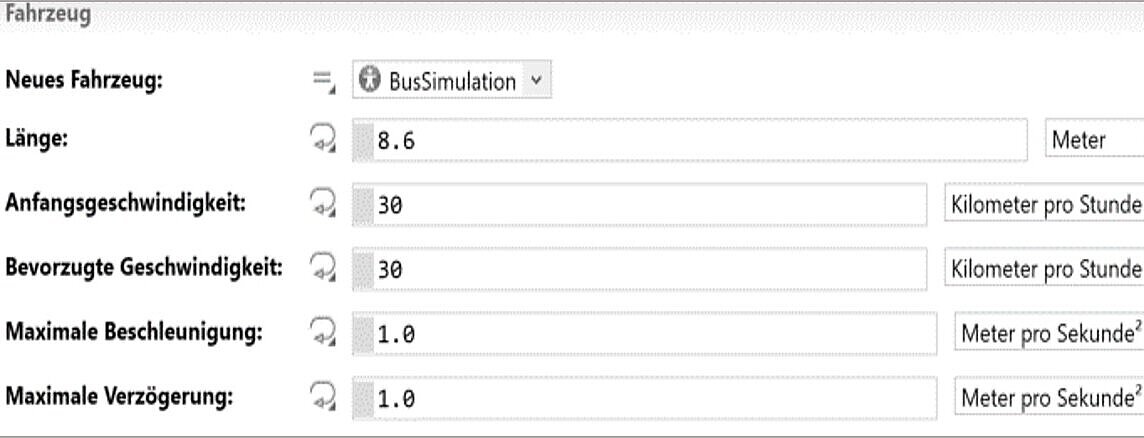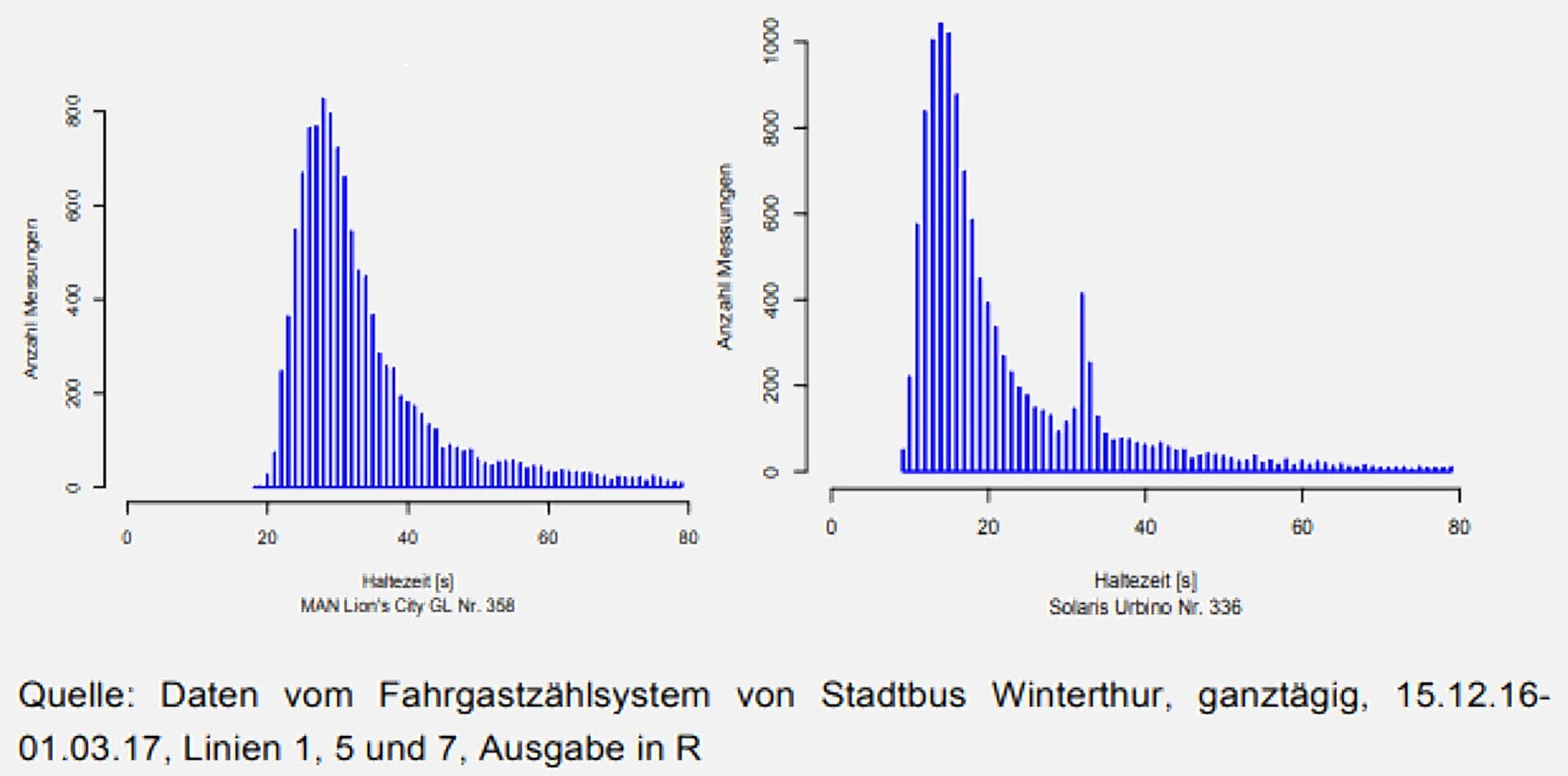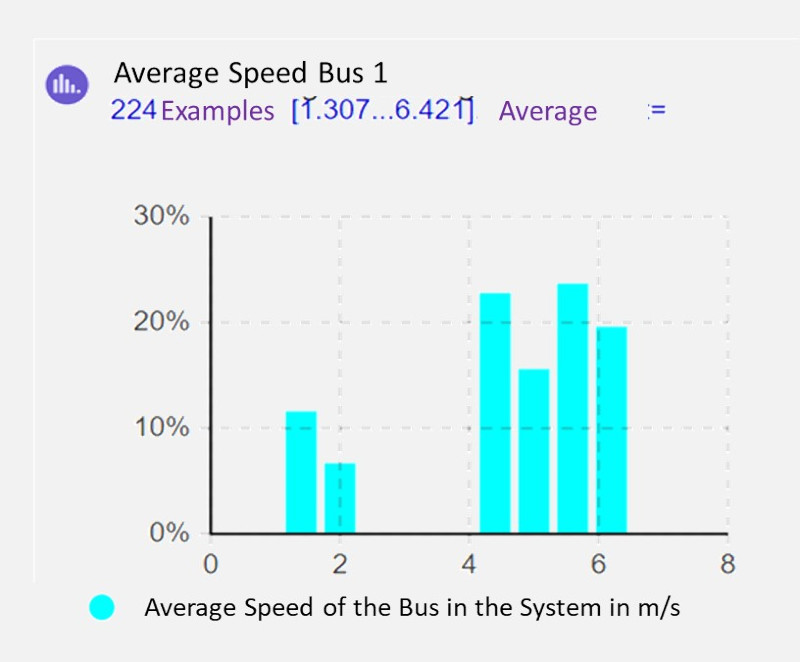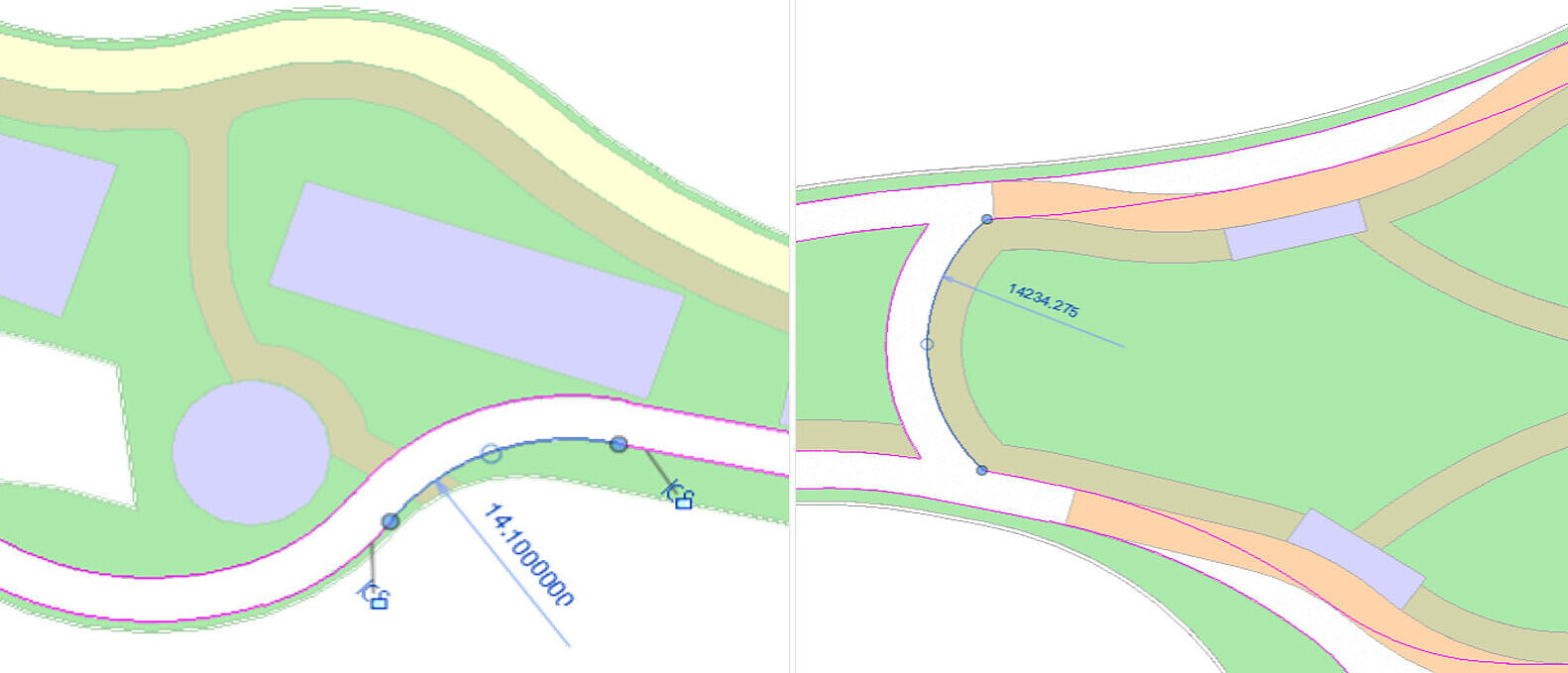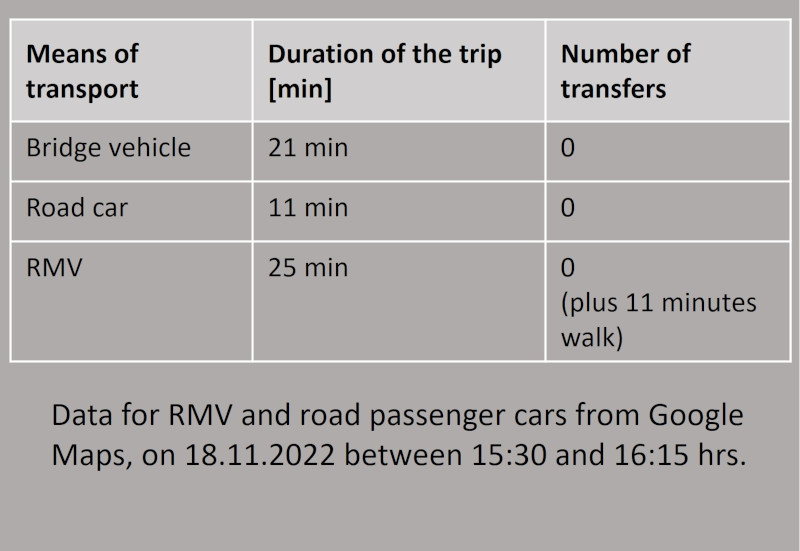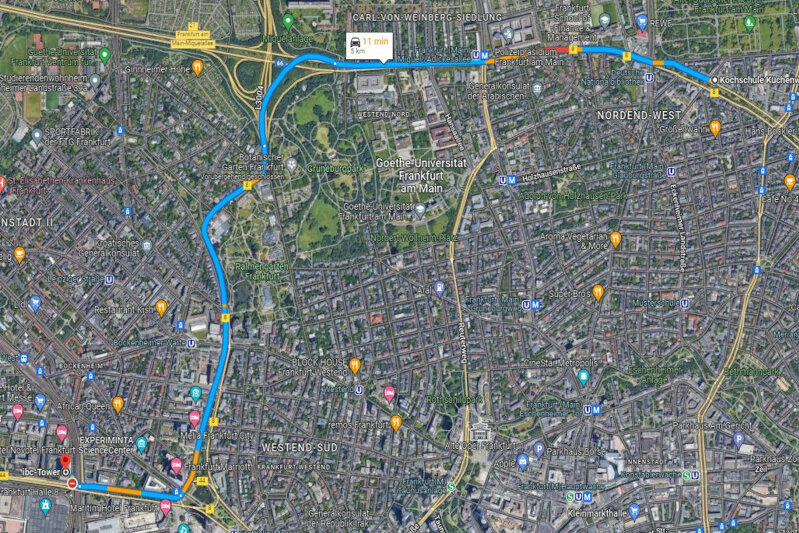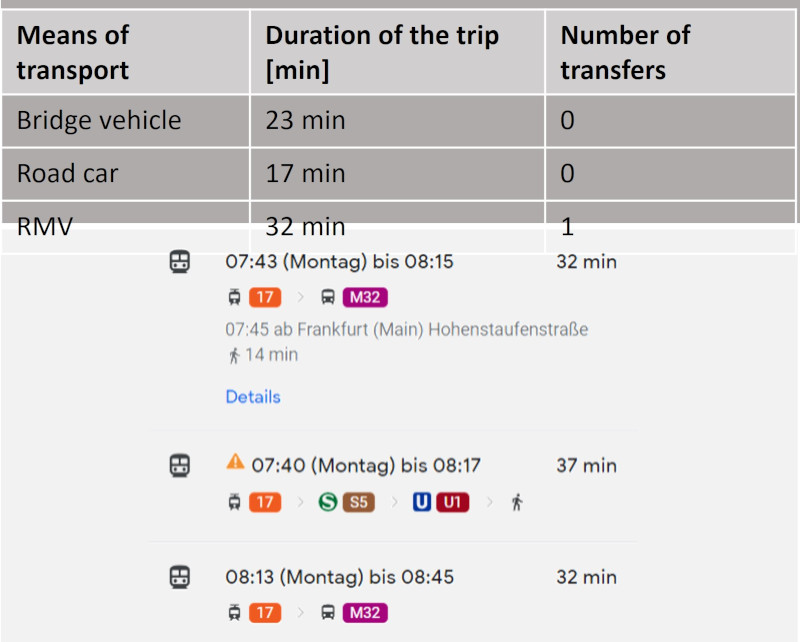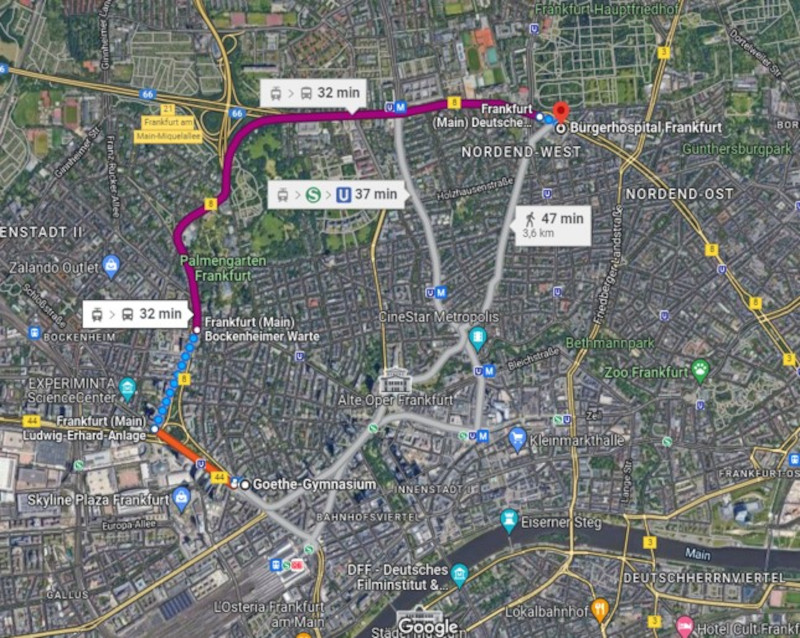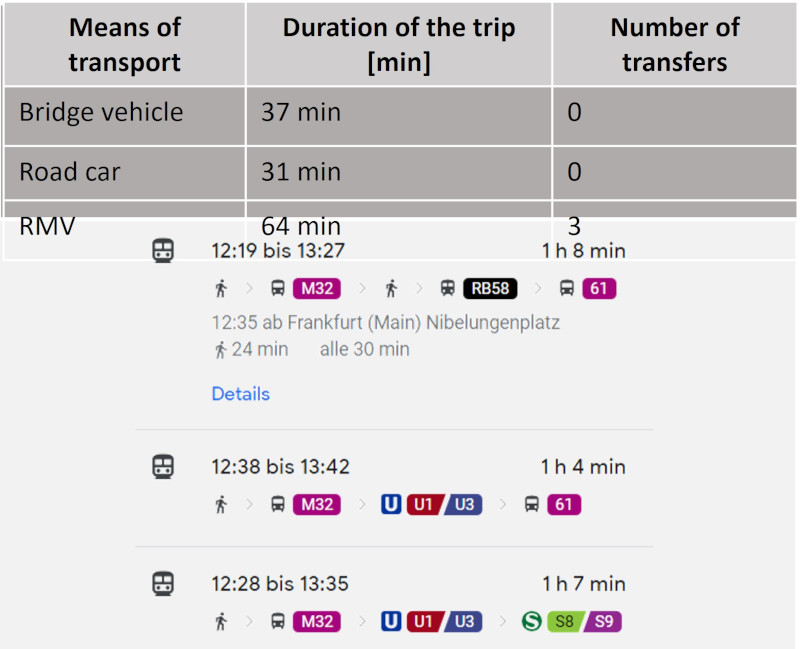The present simulation has considerable optimization potential because it assumes the worst case of the load on the overall system: For real operation, a significantly better performance of the traffic system can be expected in the "normal case" - which means that significantly more than 25 million passengers p.a. can be transported.
The present overall simulation simulates the extreme case / worst case of the load on the overall system. In real operation, there is a "normal operation" compared to this worst-case load, with a significantly higher performance of the traffic system:
1.In real operation, stations are approached on demand (passenger requests ride via app or camera reports that someone is waiting at the station, who may have entered their destination on a screen there) - i.e. unlike in the worst-case load simulation, stops are no longer made at every station, but only where people are also boarding or alighting.
àReduction of the time required for the distance traveled, since deceleration, 30 s stopping time and acceleration at all skipped stations are eliminated.
2.Areas where there is no or low demand can also be served less frequently or only on request, because passengers can book rides as needed via app (even in advance or already on the way to the stop). This creates capacity for areas with high utilization.
à Reduction of the cycle time in rush hour traffic
à Increase in the maximum number of passengers that can be transported in rush-hour traffic.
3. if necessary, the number of vehicles can be increased to some extent (by postponing routine maintenance stops at the bridge ends) to reduce cycle times and increase the number of people carried.
à Reduction of the cycle time of all sections
à Increase in the maximum number of people that can be transported in all sections.


